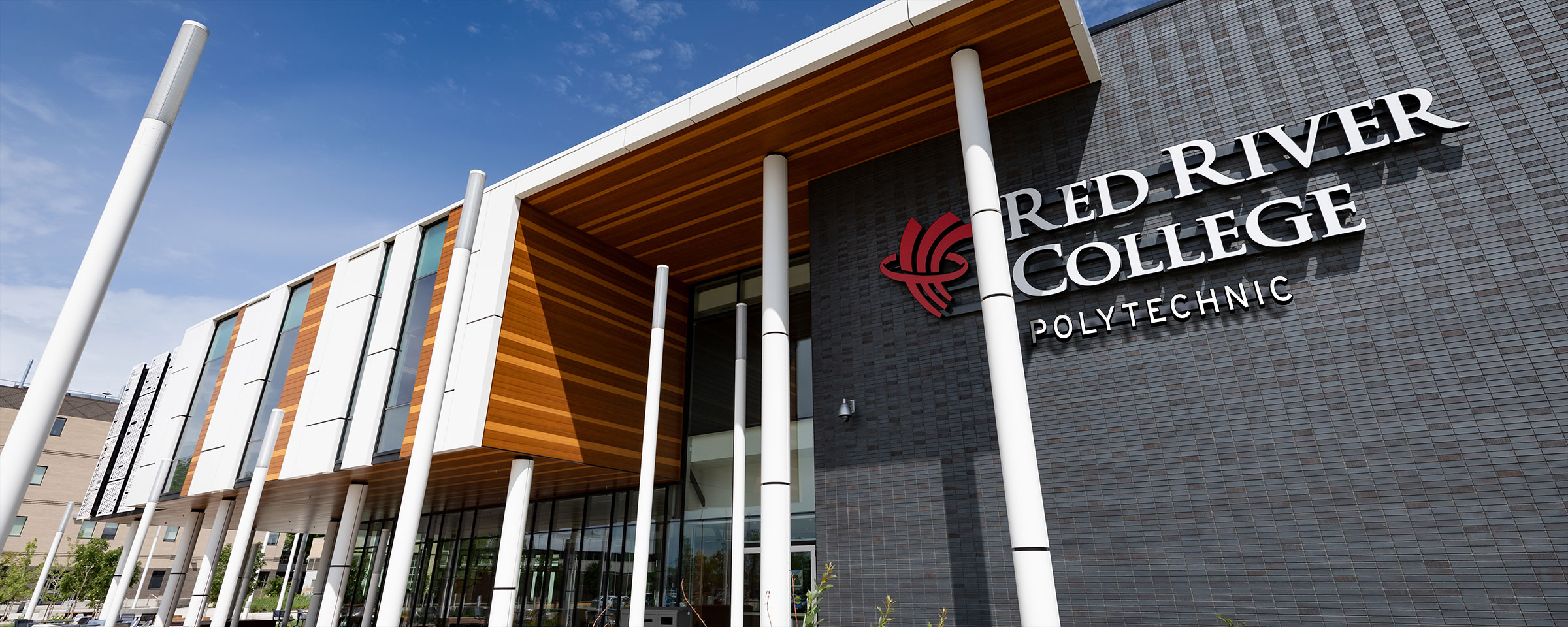RED Magazine: Humanitarian Aid in Nicaragua
It was hot, humid beyond belief, and bugs of every shape and
size were crawling and buzzing around, but Red River College Medical
Radiological Technology instructor Jennifer Stayner couldn’t have been happier.
Stayner and MRT student Brandi Pollon traveled to Nicaragua during
the summer of 2009 with the Flying Doctors of Canada (FDOC), a
non-governmental, not for profit organization comprised of doctors, nurses and
other health care workers.
Doctor Benjamin Cavilla formed FDOC along with three other
doctors in 2006. During his medical training he traveled around the world
helping remote communities. It was in these situations that he noticed a
disconnect between non- governmental agencies and the communities they were
helping.
“Basically, what I saw was that these groups weren’t
addressing why the people were sick in the first place. If you don’t treat the
source of the illness and cure it, the people keep getting sick, so I started a
new sustainable approach to humanitarian efforts.”
This sustainable approach is key to the FDOC’s mission.
“We have a real goal of sustainability — at no point in time
do we want to go into a community and have that community rely on us,” says Dr.
Cavilla. “We want to go in and fix what’s wrong and leave knowing they’re on
their way.”
Since their vision of sustainability involves more than just
treating the illness, FDOC builds water filters, gives lessons on proper hand
washing, and they also involve a diagnostic aspect. That’s where Stayner comes
in.
Stayner has always believed in helping her community, so
when she was approached to work with communities within Nicaragua, she jumped
at the opportunity.
“It’s always been a goal of mine to find a way to do all
things I love which is teach, to x-ray, and do community work,” she says.
While in Nicaragua, Stayner and Pollon worked with the FDOC
doctors and volunteers in small clinics they set up. People would walk,
sometimes for hours, to get medical treatment.
“Some mornings there were 100 people there waiting for us,
mostly women and children. They would come from far distances to get health
care for their children,” says Stayner.
The partnership between FDOC and Red River College allows students
to gain valuable international experience, and Stayner is excited for her
students. “Getting here was hard work but rewarding, so rewarding,” she says.
“It’s a labour of love, and the students are so enthusiastic.”
One thing Stayner took away from the trip last August is the
positive spirit and generosity of the people she met.
“On one of the last days we were in a small town, one of the
women cooked for us. She killed a chicken, and made rice and beans; it was
clearly a lot for her, and she made a wonderful meal. It was very touching to
have people in the community care for us as we were caring for them.”
Want to read more stories from RED magazine? Visit the Red
River College Alumni Publications page.
